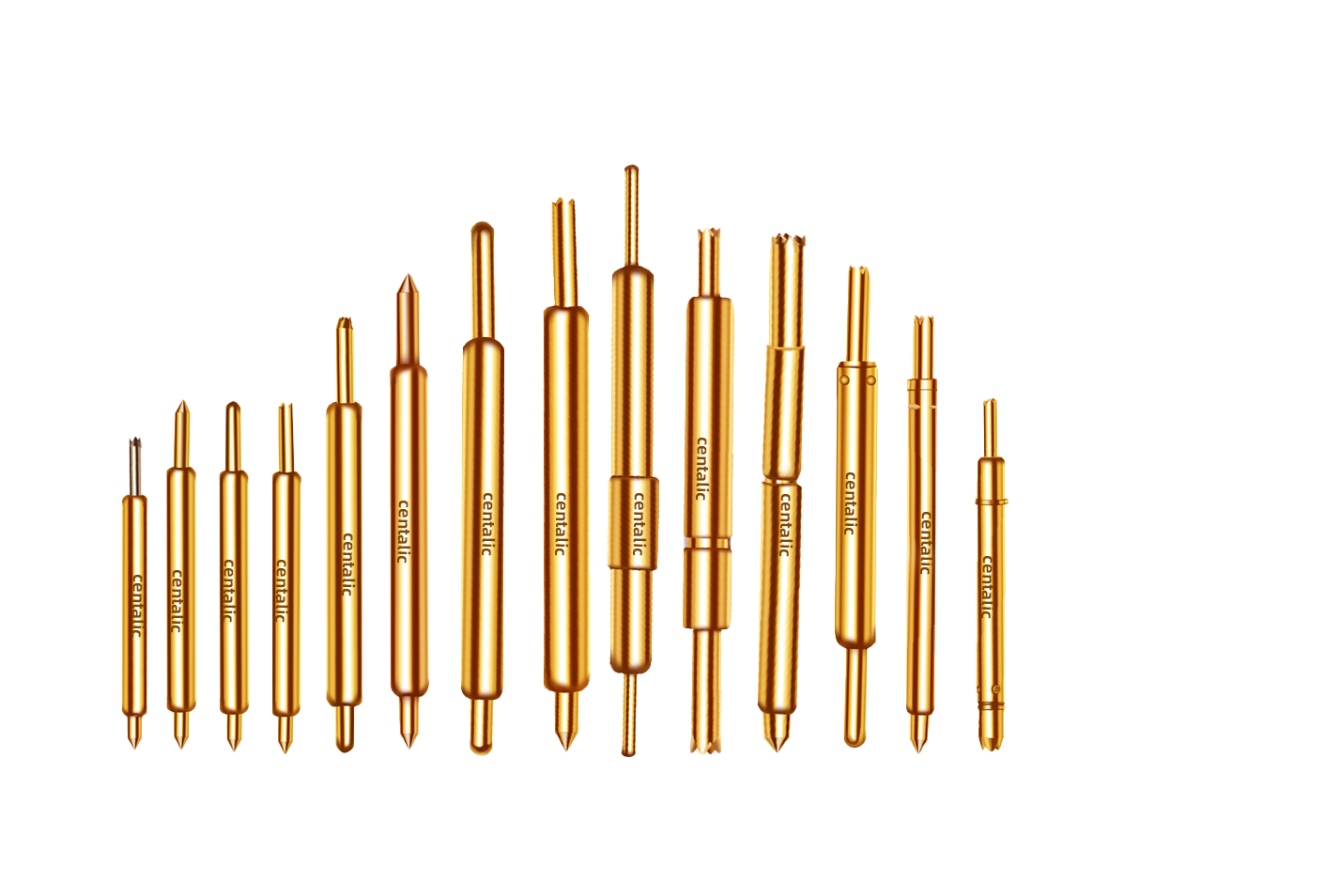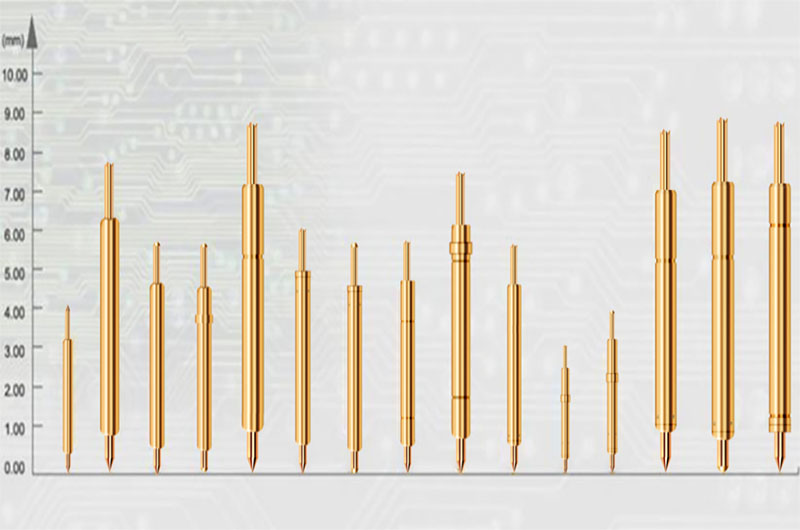
Time:2024-07-13Reading:1683Second
In the microelectronics and semiconductor industries, the selection and use of test pins as key components connecting test equipment to the test piece are crucial for ensuring product quality and testing efficiency. Bullet needles and semiconductor testing needles are two common types of testing probes, which have certain differences in structure, characteristics, and application scenarios. This article will provide a detailed comparison of these two testing probes from multiple perspectives.
Bullet needle: It is a one-piece formed structure, generally made of nickel alloy material, made through special processes, and later hardened with gold plating treatment. The bullet needle is lightweight and integrated, and the contact shape can be customized according to the connector shape and customer requirements. Different head shapes are used to contact different test points, which plays a good connecting role and ensures the stability of testing.
Semiconductor testing needle: formed by precision instrument riveting and preloading of three basic components: needle tip, needle tube, and spring. The surface is gold-plated, but the thickness of the gold plating is difficult to control during production, and the manufacturing process is also relatively complex.
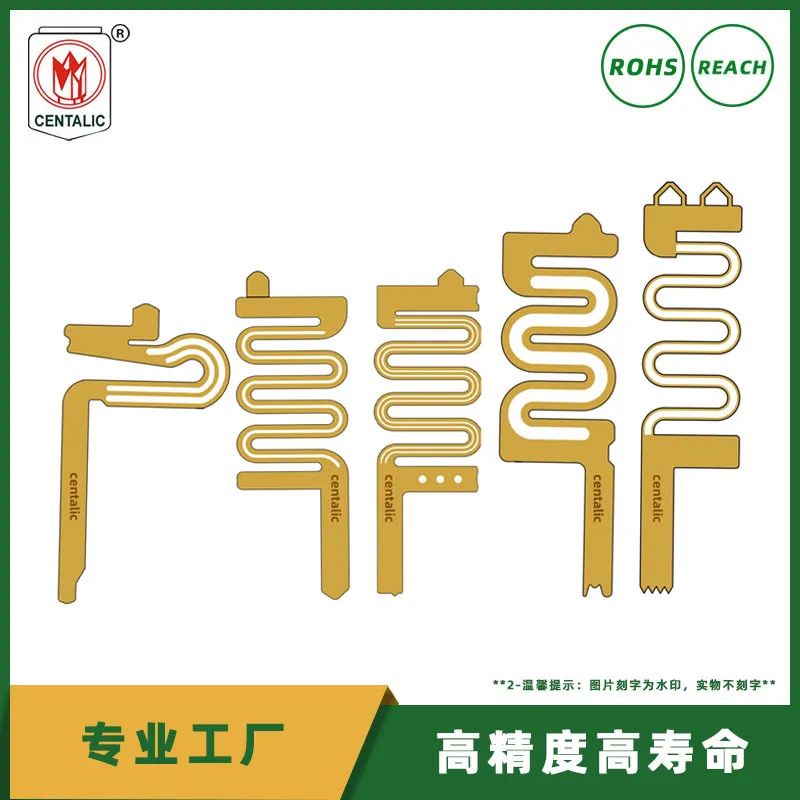
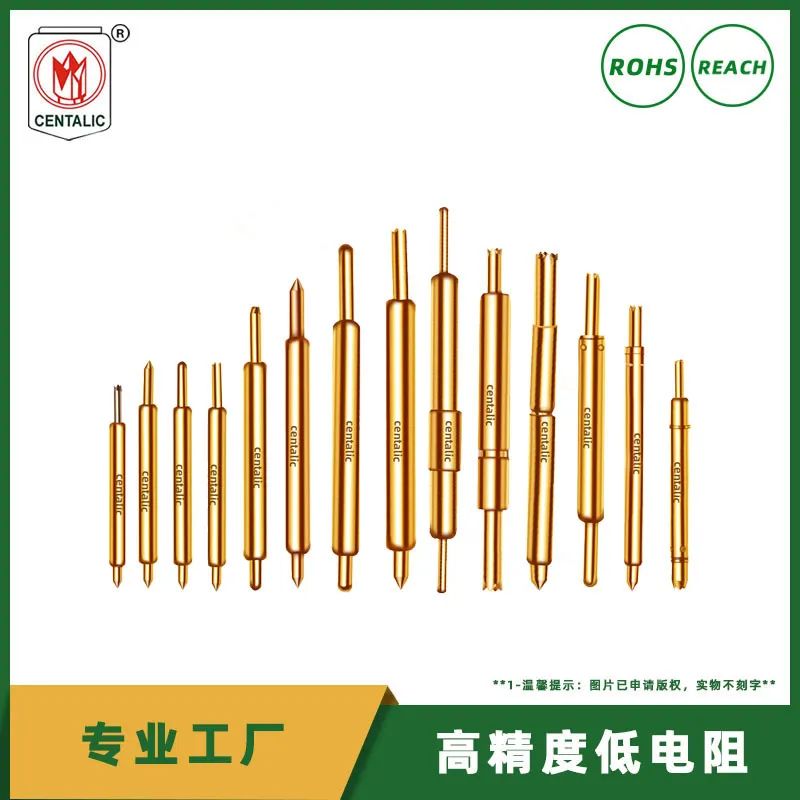
Bullet pin: mainly used for testing precision spacing connectors such as mobile phones, chips, and screens. It adapts to connectors with different spacing through the deformation of the bullet, achieving signal transmission and conductivity testing. It has the characteristics of being able to handle smaller pitches, high testing efficiency, high stability, and long lifespan, and plays a role in transmitting signals and conducting currents.
Semiconductor testing needle: mainly used for various communication power electronic components, semiconductor wafer testing, chip packaging testing and other processes with extremely low contact resistance and ultra-high bandwidth, which can meet the requirements of 5-40G high-frequency signal testing. Semiconductor test pins not only require good electrical performance and stability, but also high precision, low resistance, and other characteristics to meet the testing accuracy requirements of semiconductor products.
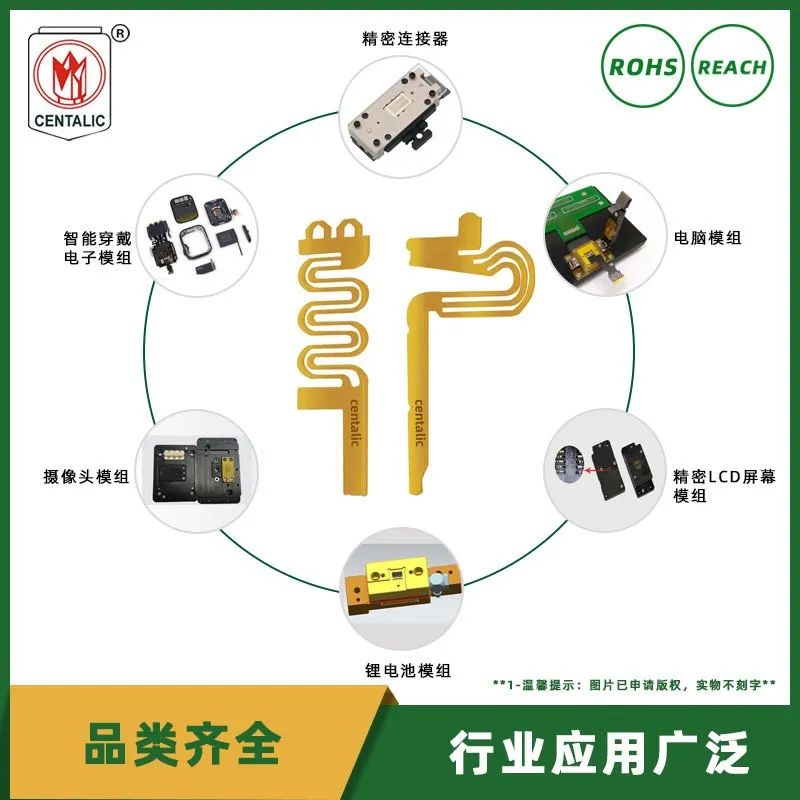
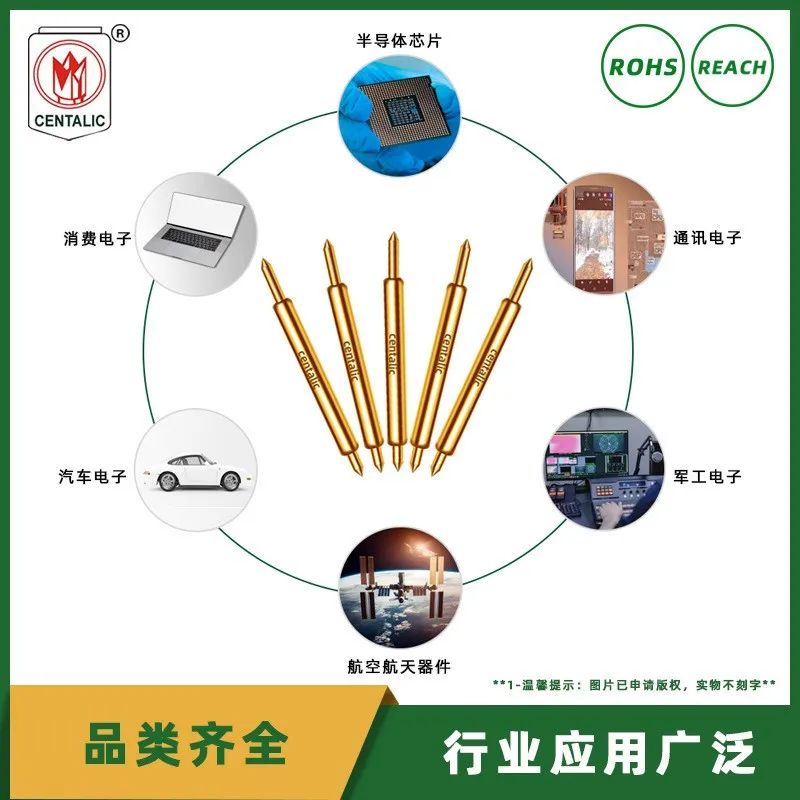
Due to the need to meet high-precision and high reliability testing requirements for semiconductor test pins, their design and manufacturing processes are relatively complex. Semiconductor test pins need to undergo rigorous testing and screening to ensure their performance and reliability meet standard requirements. In contrast, although shrapnel needles also require a certain degree of accuracy and stability, the overall requirements are relatively low, with a greater emphasis on adaptability and lifespan.
In summary, there are differences between shrapnel needles and semiconductor testing needles in terms of structure, function, accuracy, reliability, and other aspects. In practical applications, the appropriate type of testing needle should be selected based on specific testing requirements and the characteristics of the test piece to ensure the accuracy and efficiency of the testing. In addition, choosing a reputable probe manufacturer is also very important,First profitIt is a company that has exceededA national high-tech enterprise with a "fully self operated and large-scale" probe production line for 40 years, focusing on the research and development and manufacturing of various testing probes.
